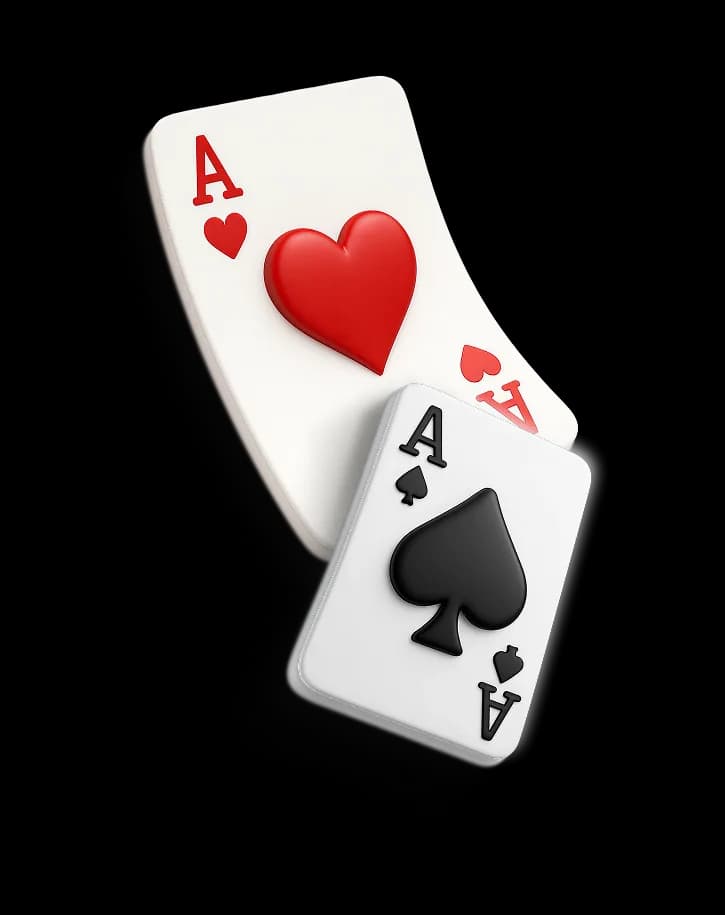

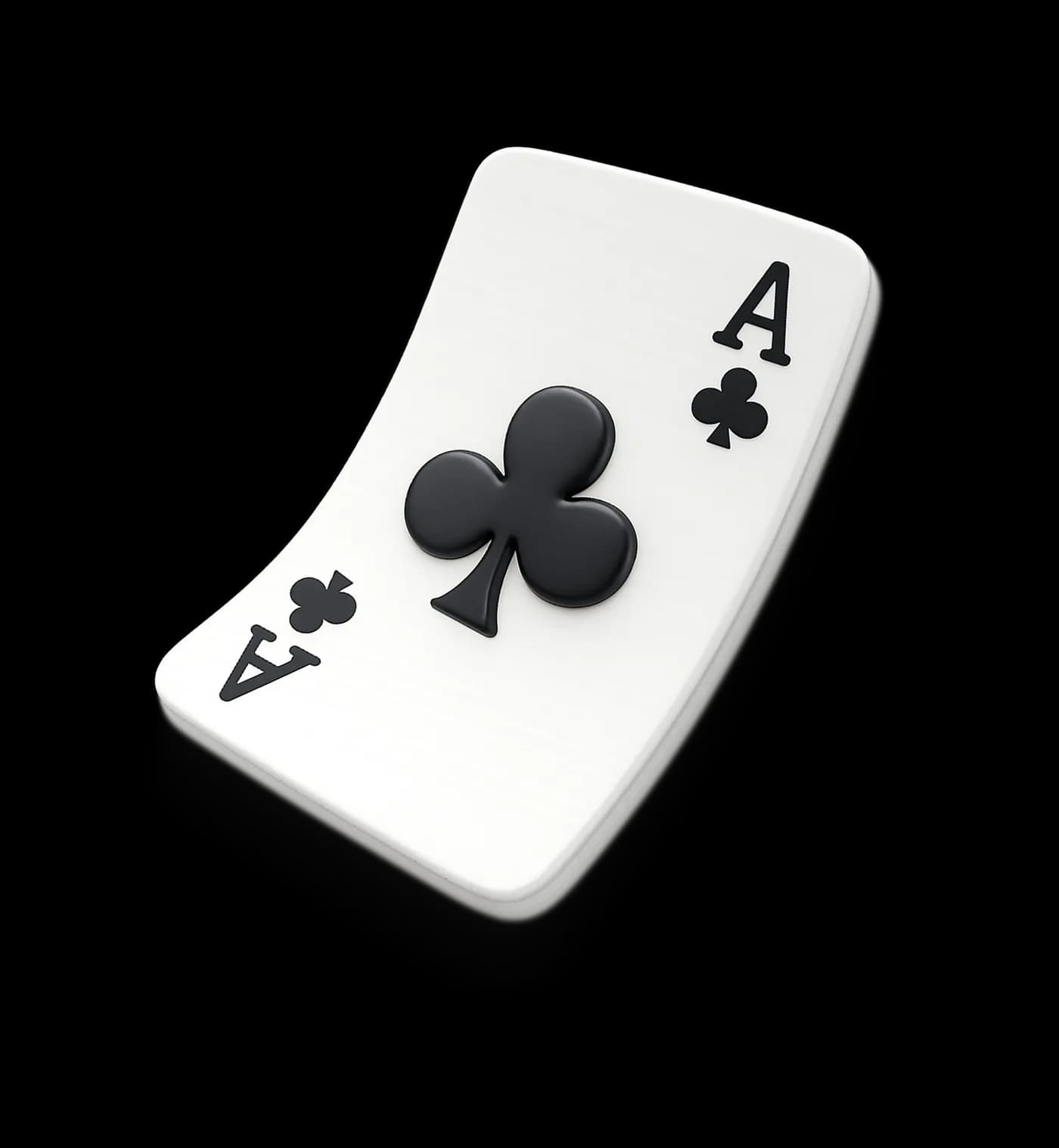
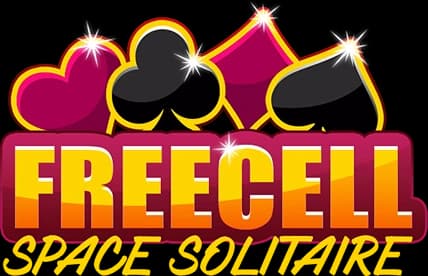

Гра Freecell Онлайн
Freecell — це карткова гра для одного гравця, яка належить до категорії пасьянсів. Вона вимагає стратегічного мислення для успішного переміщення всіх карт із ігрового поля на основи. Онлайн-версії забезпечують легкий доступ до гри з будь-якого пристрою з підключенням до інтернету. Онлайн Freecell пропонує швидке розвагу всього за кілька кліків, без необхідності у фізичних колодах.
- ГОЛОВОЛОМКА
- РЕЛАКС-ГРА
- ІГРОВЕ ПОЛЕ
- ЛОГІКА
- МОЗОК
- медитація
- ЦИФРИ
Історія та походження Freecell
Гра Freecell має довгу та цікаву історію.
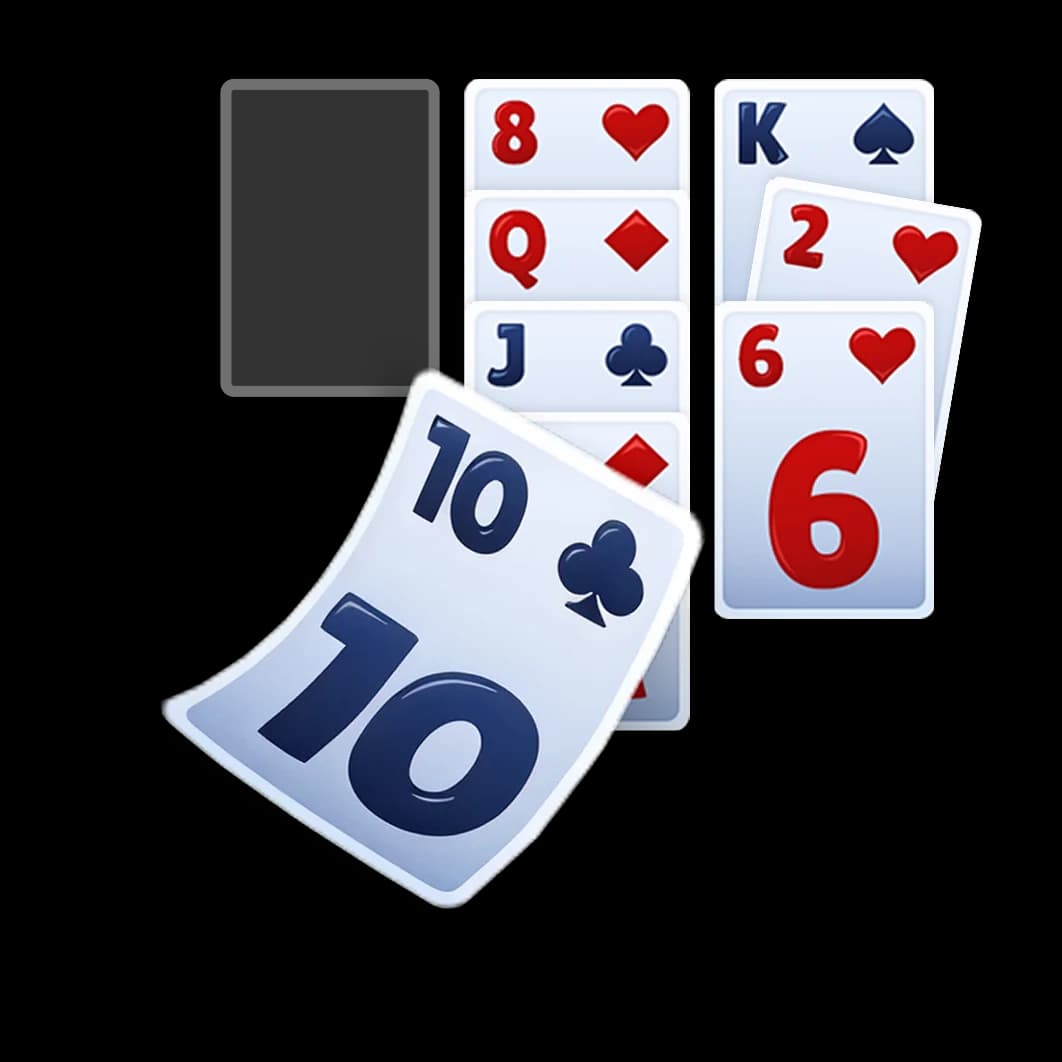
Ранні початки
Походження Freecell сягає 1970-х років. Перші версії Freecell були досить простими картковими іграми для комп’ютерів. Перші версії Freecell з’явилися у 1978 році на системі PLATO, яка була ранньою комп’ютерною мережею. Freecell постачався разом із комп’ютерами на Windows. Оригінальний автор невідомий, проте гра здобула популярність у продуктах Microsoft. Ранні назви Freecell включали FreeCell та Microsoft FreeCell.
Еволюція протягом років
Гра ймовірно походить від Baker’s Game. Протягом років Freecell еволюціонував у популярну пасьянсову гру, яку люблять гравці. Сьогодні класична логічна головоломка зберігається на різних ігрових платформах. Цифрові та офлайн-версії розважають гравців за допомогою нумерованих карт і каскадних стовпчиків. Freecell продовжує надавати цікаві завдання для розвитку когнітивних навичок.
Чому Freecell одна з найпопулярніших карткових ігор
На відміну від багатьох карткових ігор, Freecell більше покладається на стратегічне мислення, ніж на випадок. Потрібне ретельне планування, щоб визначити, як найефективніше розташувати карти. Це стимулює розум. Також є гарний баланс — гра не надто складна і не надто легка. Ці якості пояснюють, чому Freecell так популярна.
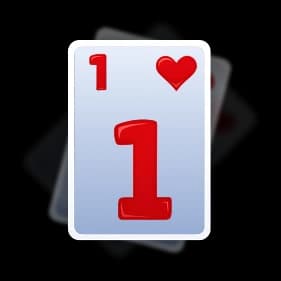
Прості комбінації
Хоча удача відіграє роль у початковому роздаванні карт, успіх у Freecell визначається здатністю гравця мислити наперед та робити стратегічні ходи. Перемога дістається найбільш продуманому гравцю, а не найщасливішому. Ще однією перевагою Freecell є спокійний темп гри. Гравець має достатньо часу, щоб проаналізувати ходи та сценарії.
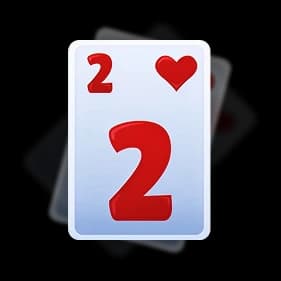
Викидання крайніх карт
Людям подобається, що Freecell легко вивчити, але важко опанувати. Грати можуть як діти, так і дорослі з досвідом. Гра добре адаптується до різних рівнів навичок. Ця широка доступність пояснює, чому Freecell підходить для гравців різного віку. Гра розвиває мислення та залишається цікавою та простою у використанні.
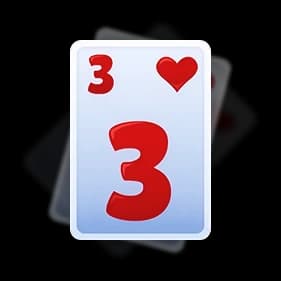
Фокус на одній масті
На відміну від інших популярних пасьянсів, таких як Klondike, Freecell менш залежить від удачі при початковому розташуванні карт. Але гра менш абстрактна, ніж Spider Solitaire, наприклад. Вона пропонує достатню складність, щоб стимулювати розум, не перевантажуючи гравця. Вибір гравця має значення. Менше випадковості та більше контролю. Потрібне обережне планування, а не лише надія на правильні карти.

Як грати у Freecell: правила
На відміну від багатьох карткових ігор, Freecell більше покладається на стратегічне мислення, ніж на випадок. Потрібне ретельне планування, щоб визначити, як найефективніше розташувати карти. Це стимулює розум. Також є гарний баланс — гра не надто складна і не надто легка. Ці якості пояснюють, чому Freecell так популярна.
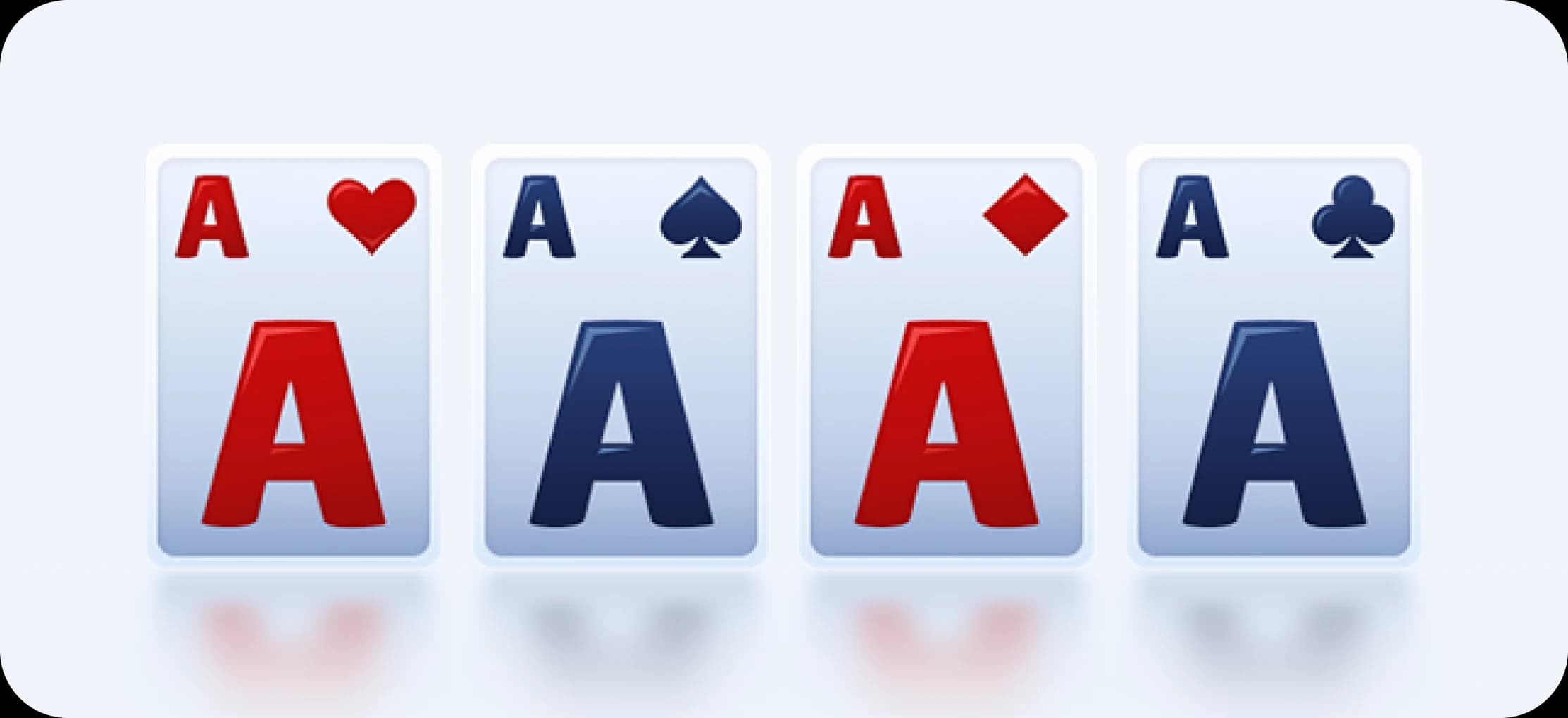
Колода карт
Колода містить 52 карти. Кожна карта має ранг від найменшого (Туз) до найбільшого (Король). Чотири стандартні масті: Бубни, Трефи, Піки та Черви. Карти роздаються у вісім каскадів, спочатку містять по сім карт (за винятком останніх чотирьох каскадів, які містять по шість карт кожен).
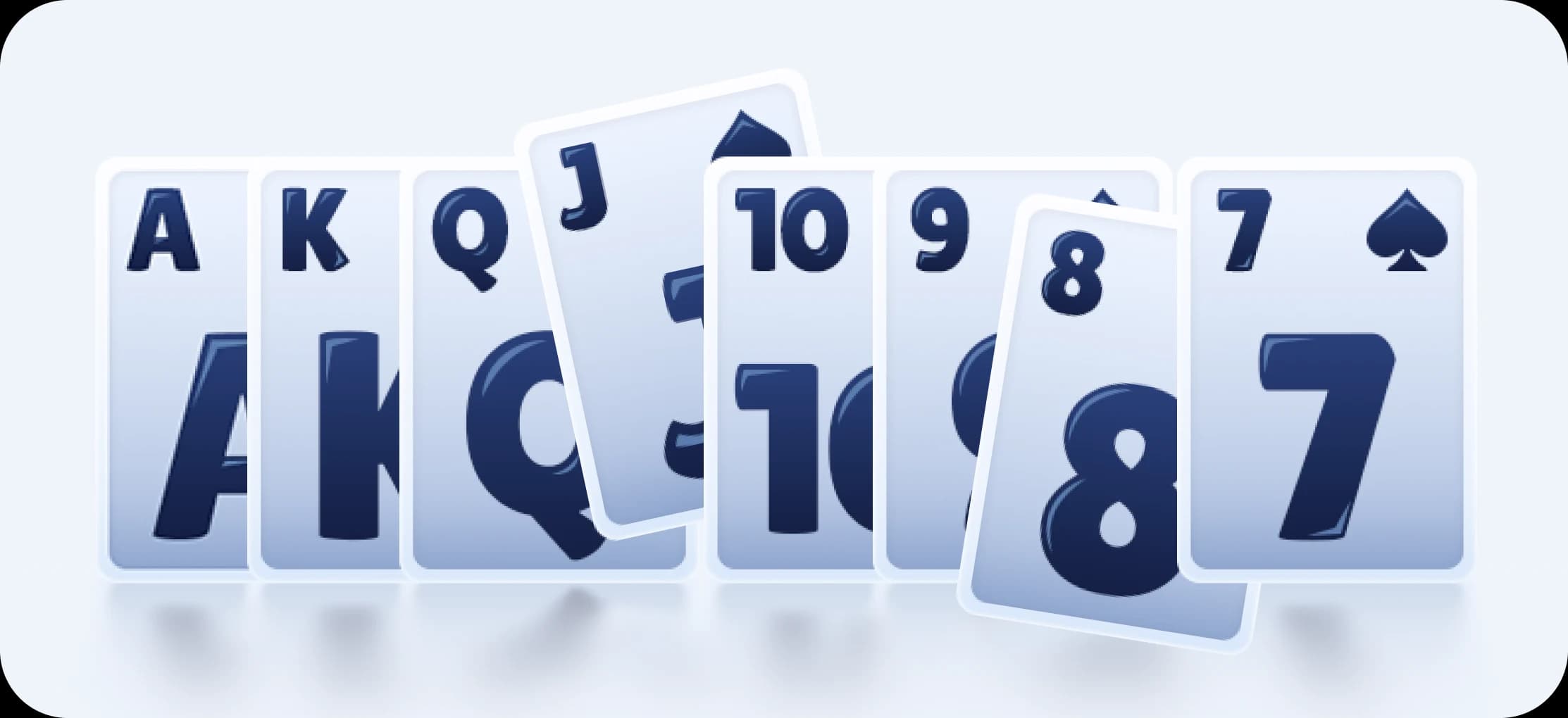
Мета гри
Ваша мета — сформувати чотири стопки, по одній для кожної масті. Стопки формуються від Туза до Короля за зростанням. Гравці досягають цього, стратегічно переміщуючи карти між каскадами та чотирма вільними комірками на дошці.
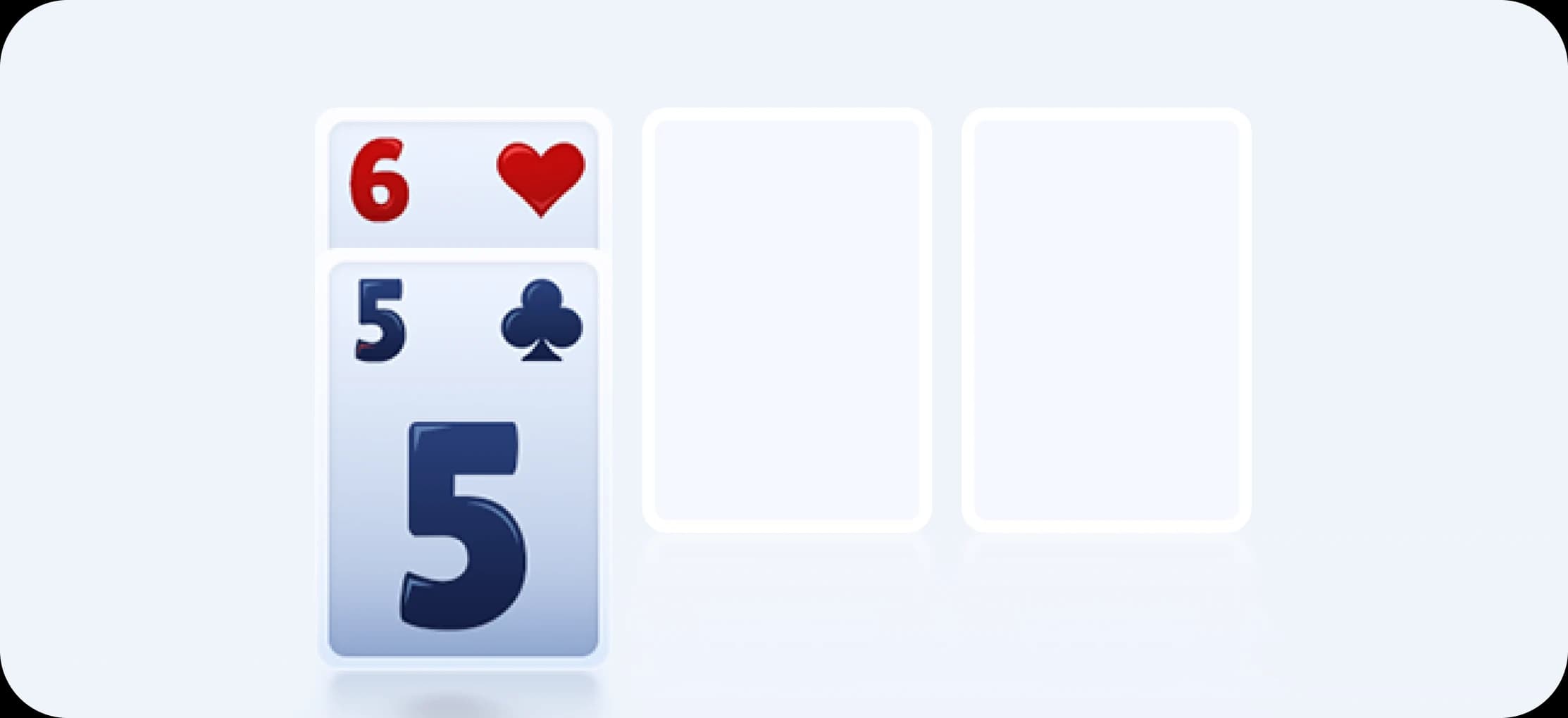
Вільні комірки
Вільні комірки служать тимчасовими місцями для карт під час гри. Гравці можуть переносити будь-яку карту з каскадів або фундаменту до порожньої вільної комірки. Ці комірки забезпечують важливу гнучкість у перестановці карт і створенні можливостей для побудови фундаменту.
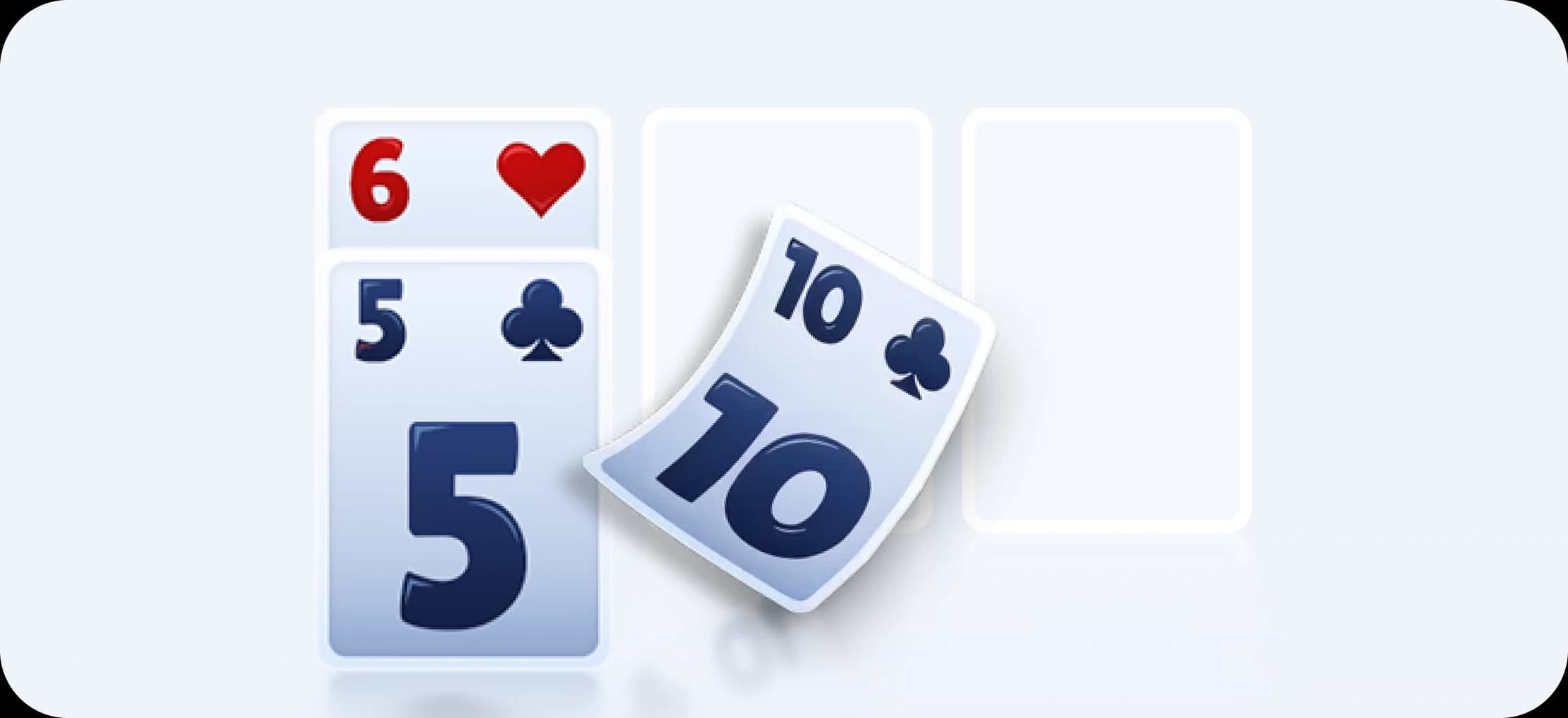
Колода карт
Правила переміщення карт у Freecell прості, але виконати їх складно. У каскадах гравець може переміщати будь-яку карту, яка не покрита іншою картою. Водночас карти мають бути організовані у спадному порядку та чергувати кольори, наприклад червоний-чорний-червоний-чорний.
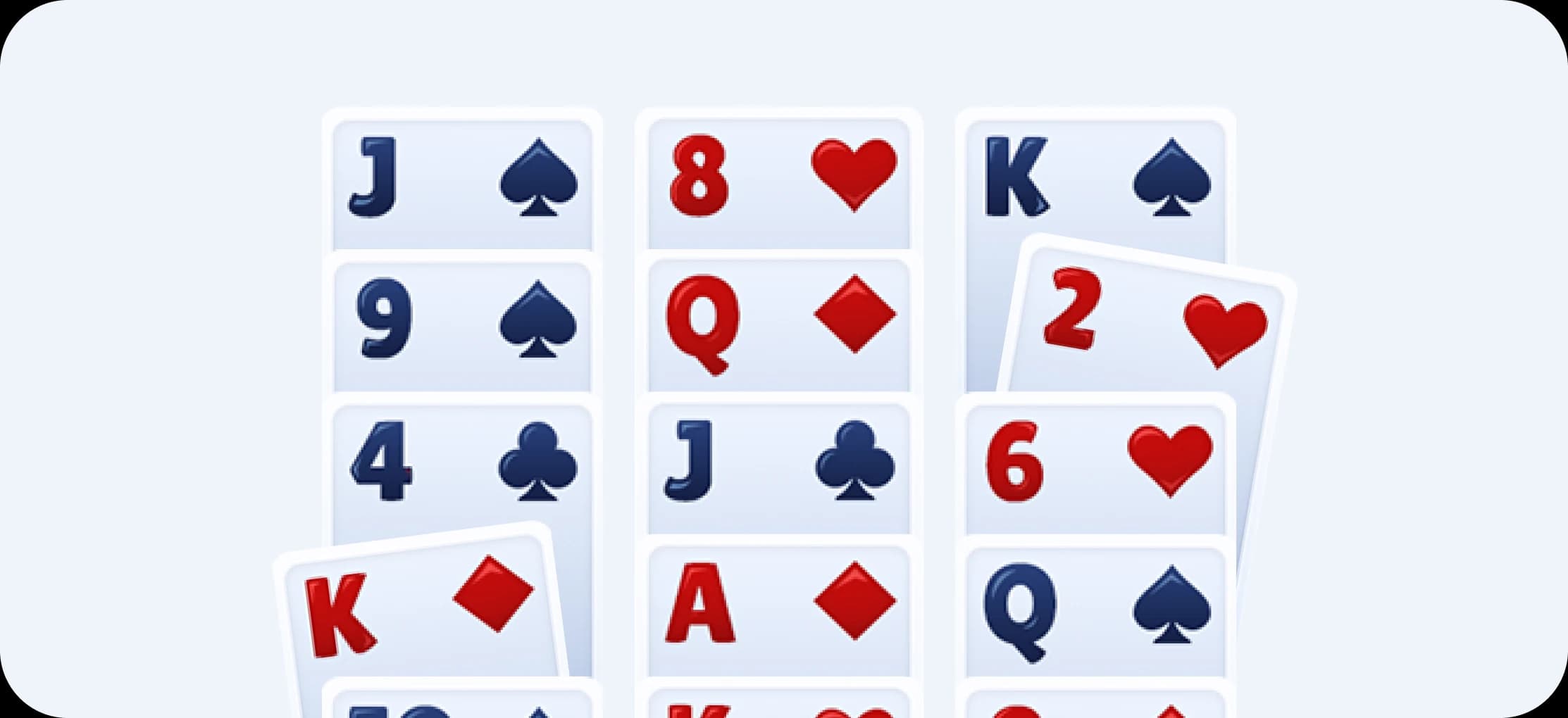
Побудова фундаменту
Для цього розташуйте карти за зростанням у межах масті. Наприклад, Туз Треф є першою картою у фундаменті треф, за ним йдуть 2 треф, 3 треф і так далі до Короля. Ви виграєте, коли завершите всі чотири стопки, кожна масть від Туза до Короля.
Варіації Freecell
FreeCell має багато цікавих варіацій. Double FreeCell використовує дві колоди для більшого виклику, тоді як Baker’s Game будує колонки строго за мастю. Легші варіанти, як Eight Off, додають додаткові комірки, тоді як версії 3, 2 або 1 FreeCell зменшують простір для зберігання, ускладнюючи гру та вимагаючи гострішої стратегії.

Ця варіація додає додатковий елемент до класичної сітки 9x9. Деякі комірки містять числа, що представляють суму цифр у сусідніх комірках. Мета — заповнити сітку, дотримуючись стандартних правил Судоку та забезпечуючи відповідність сум заданим "killer" підказкам.
 3
3Вільні комірки
Варіація Three Freecells пропонує лише три тимчасові комірки замість звичайних чотирьох. Зменшена маневреність змушує гравців планувати ходи ще обережніше. Ця версія трохи підвищує складність, зберігаючи основний геймплей, ідеально підходить для тих, хто шукає додатковий виклик.
 2
2Вільні комірки
Дві вільні комірки роблять гру ще складнішою, скорочуючи їхню кількість наполовину. Обмежений простір для зберігання вимагає точних стратегій та планування наперед. Ця варіація подобається досвідченим гравцям Freecell, які віддають перевагу меншій кількості «підказок» і більш складному логічному виклику.
 1
1Вільні комірки
Одна вільна комірка — найскладніша варіація, залишаючи лише одну доступну комірку. Дуже мало роздач можна вирішити за цих правил. Ця версія доводить стратегічні здібності гравців до межі та підходить для експертів, які шукають максимальну складність.
Стратегії для перемоги
Щоб перемогти у Freecell, потрібні ключові стратегії. Ці техніки пов’язані з ефективним використанням вільних комірок, плануванням ходів наперед та уникненням тупиків. Ось поради, які допоможуть грати ефективно та максимально збільшити шанси на успіх:
Більше ігор, які тобі сподобаються
Пориньте у світ Freecell сьогодні!
Пориньте у класичний світ Freecell. З нескінченними онлайн-іграми зараз саме час кинути виклик собі та розвинути навички переміщення карт. Подивіться, чи зможете ви подолати всі стопки та перевершити свої особисті рекорди. Цікавий та розумово стимулюючий світ Freecell чекає на вас — починайте грати сьогодні!